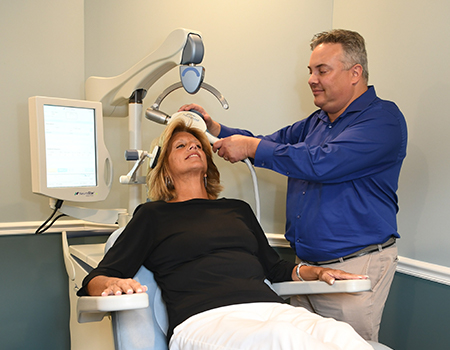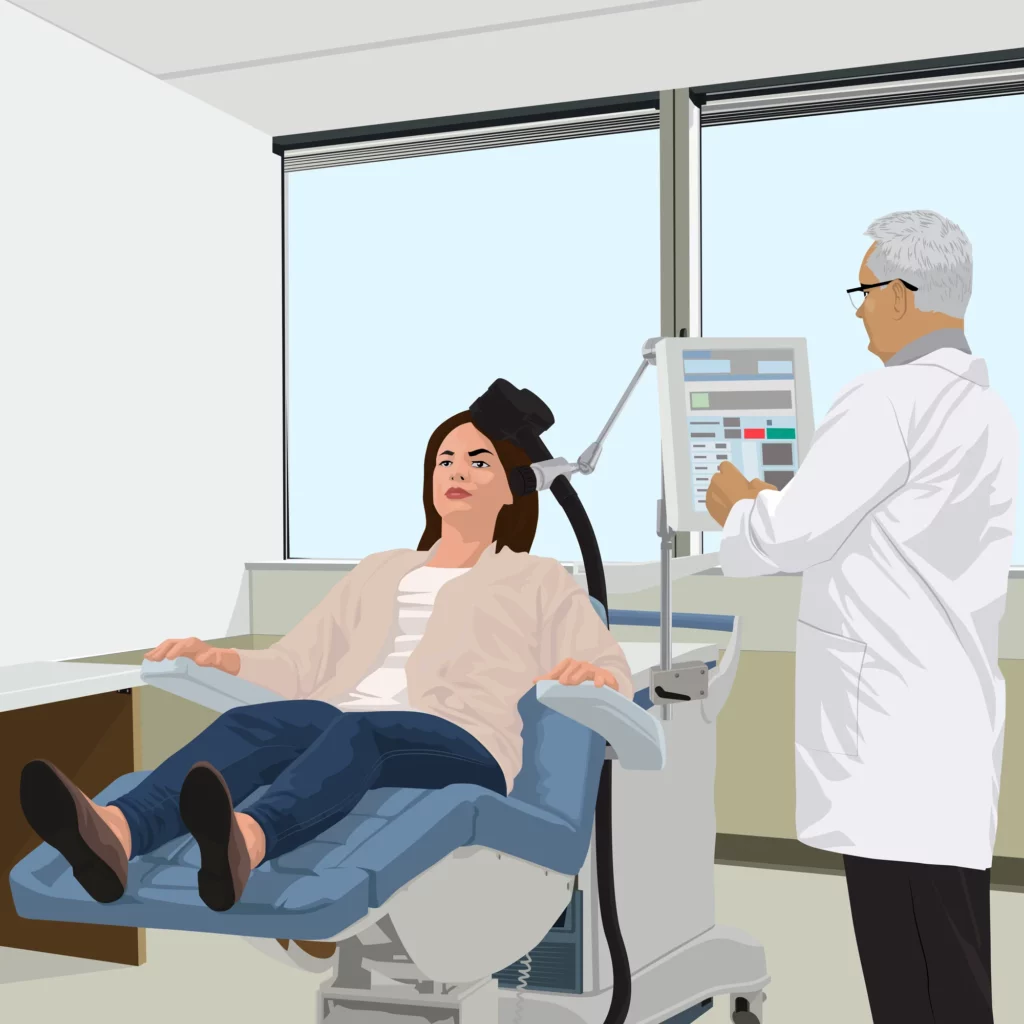The History of TMS and Neurocare
TMS (Transcranial magnetic stimulation) is a treatment breakthrough. Until 2008, the FDA approved it as a depression treatment. However, TMS history goes further than 1980, as research on electrical energy and its effects on the nervous system has existed since the late 1700s.
From then on, the more modern approach to TMS has proven effective in its ability to reduce symptoms of depression by stimulating the brain’s prefrontal cortex. Therefore, to better understand TMS and its low-risk benefits, it is essential to look back at its history and learn where this revolutionary method of depression treatment began.
History of TMS
Although TMS has come a long way in terms of technology and efficiency, its early history dates back to the 1790s with several bioelectricity experiments. Scientists at that time found that nerves carry electrical energy deep within the nervous system.
Luigi Galvani started by leading experiments that tied frog legs to an iron gate in the middle of a lightning storm. When the thunder struck, the legs contracted surprisingly.
Alessandro Volta, interested in Galvani’s studies, hypothesized that this was due to external electricity generated by the contact between two kinds of metals. Later, studies proved that the body’s tissue is a source of electricity, a revelation that changed how we understand electrical signals in the body.
In the 1830s, Michael Faraday influenced the introduction of the idea of electromagnetic fields into scientific understanding. This event was the principle of electromagnetic induction, which predicts that a magnetic field can interact with the electrical circuits to create electromotive power, the electrical activity produced by a non-electrical source.

By the 1870s, several studies showed that low-intensity electrical stimulation to the brain could reveal that the cortex held a specific map for motor functions.
Fast forward to the 1960s, and scientists then used magnetic fields to stimulate human muscles. By 1985, the beginning of TMS as we know it was starting to form.
Dr. Anthony Barker created the first transcranial magnetic stimulation device. His device and studies proved the influence of magnetic stimulation on the motor cortex to alter the brain’s electrical signals with magnetic fields. Using TMS, Barker and his colleagues produced twitching in specific areas of the human hand.

This practice was performed by applying TMS to the brain’s motor cortex in the opposing hemisphere that manages the motions of that specific muscle. Additionally, to show how painless TMS was, researchers conducted studies on wide-awake volunteers.
By the 1990s, research reported that TMS was a safe and effective therapy for depression. In 2003, Canada authorized the use of TMS therapy for depression, and finally, in 2008, the FDA approved TMS.
In 2010, the American Psychiatric Association (APA) listed TMS as a primary treatment for depression in the 3rd edition of the Practice Guideline for the Treatment of Patients with Major Depression.
By 2013, several U.S. health insurance companies began to cover TMS Therapy; currently, almost all include coverage. In addition, in 2013, the Clinical TMS Society was formalized, which gives TMS providers access to expanded clinical research worldwide.
The TMS Society strives to improve the delivery of TMS while continuously improving and evolving TMS Therapy, extending insurance coverage, educating physicians, and raising public consciousness of its powerful impact on depression. As a result, TMS is now broadly utilized as a reliable treatment for depression, especially when medications are ineffective or cause damaging side effects.
TMS history comes a long way dating to the late 1700s. Currently, when a patient undergoes TMS Therapy now, it’s a painless process that minimally disrupts an individual’s daily schedule.
The person sits on a chair with a magnetic coil next to the dorsolateral prefrontal cortex. That coil produces a magnetic field that emits tiny electrical currents in targeted brain regions. These electrical currents can enhance the functioning of the prefrontal cortex and reinforce its capacity to interact and function with other areas of the brain that regulate mood.
TMS AT NEUROCARE
At Neurocare, we are part of history focused on personalized medicine and leaders in research and technology. Neurocare Centers of America merges the knowledge and expertise of providing non-invasive and drug-free care to patients who seek assistance with depression by using TMS.
We work together to achieve the best treatment outcome for patients through quality management and rigorous research, technology, and practice.
Neurocare Centers of America has been offering TMS in treating specifically treatment-resistant depression and has acquired much experience in the clinical application of TMS.

